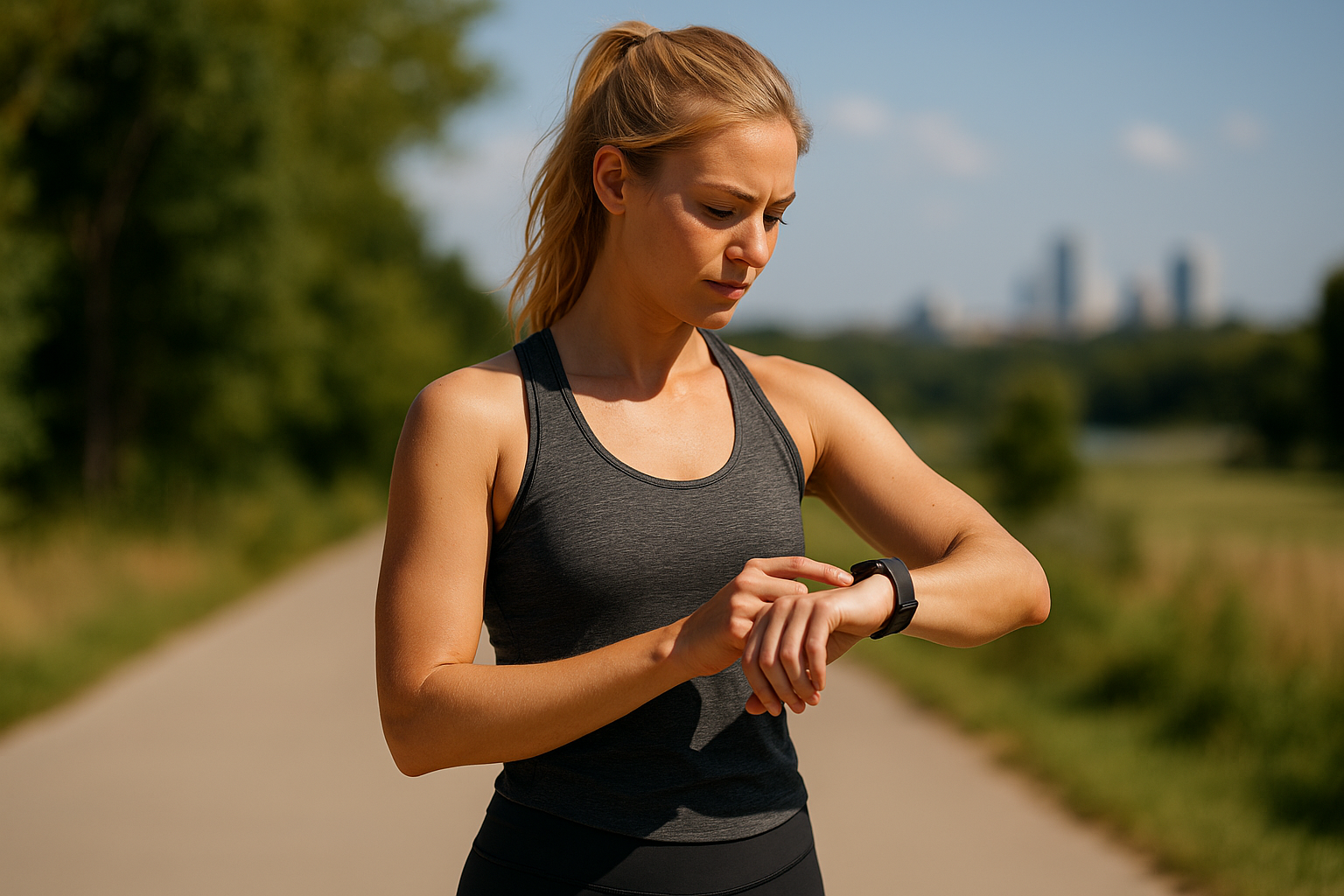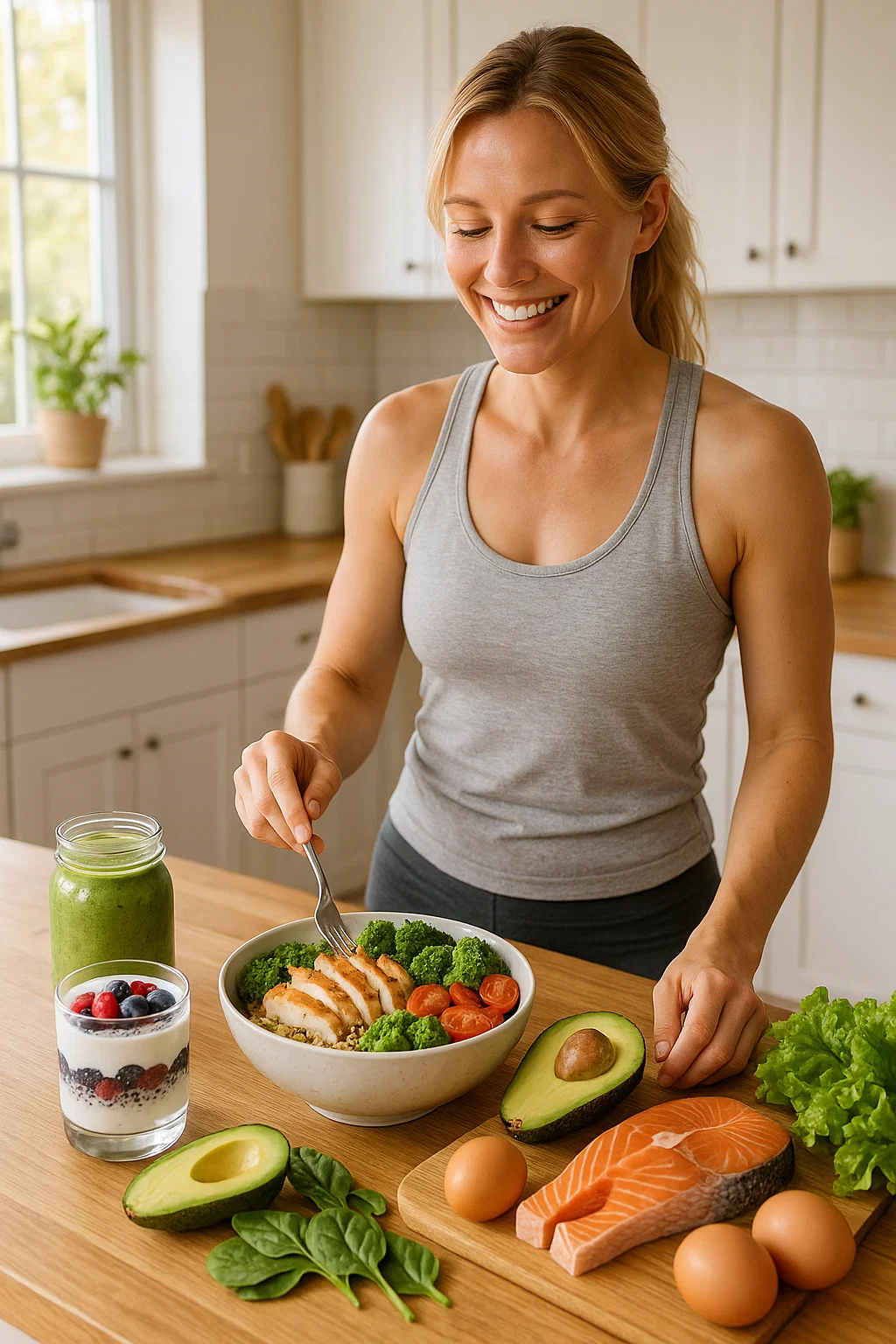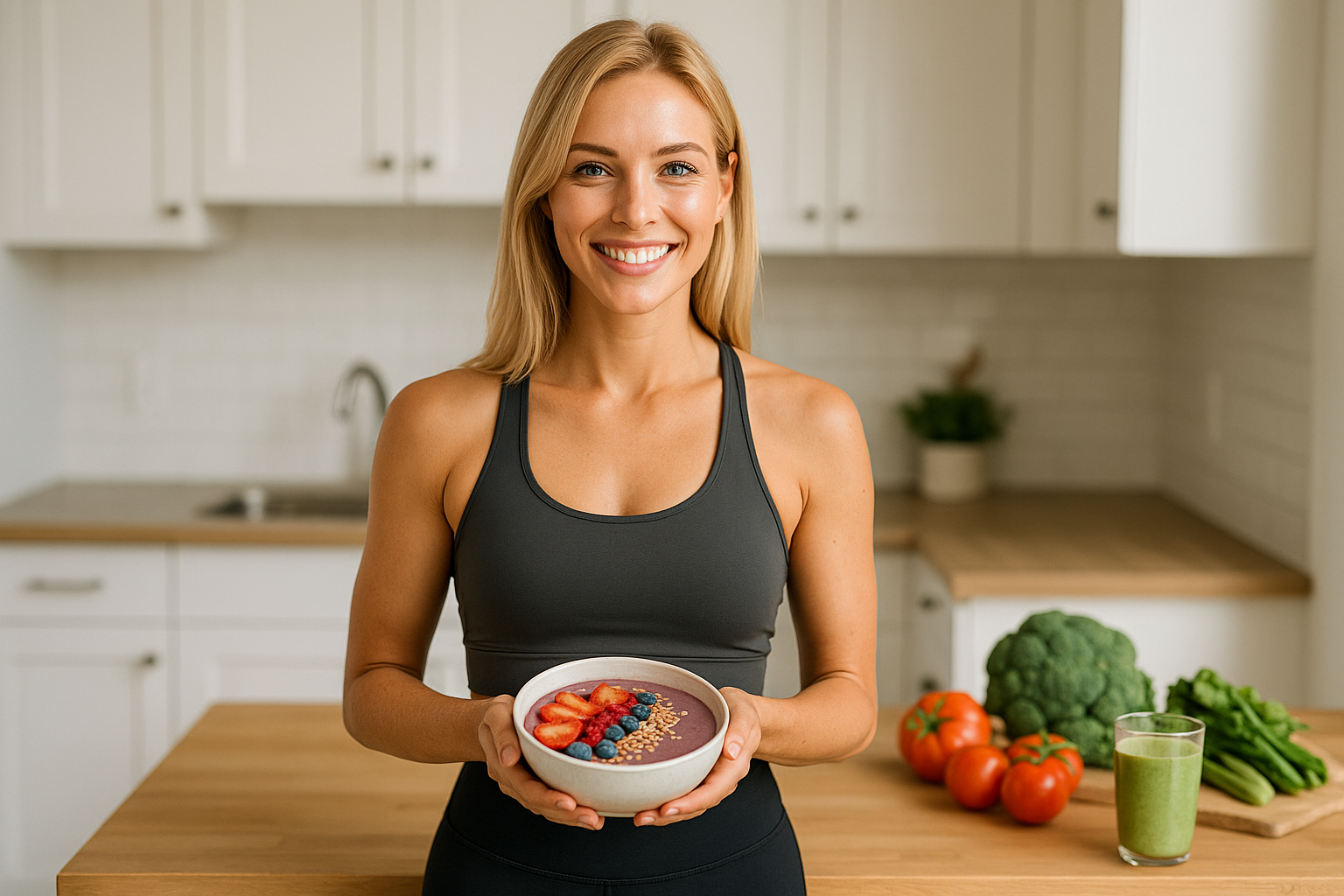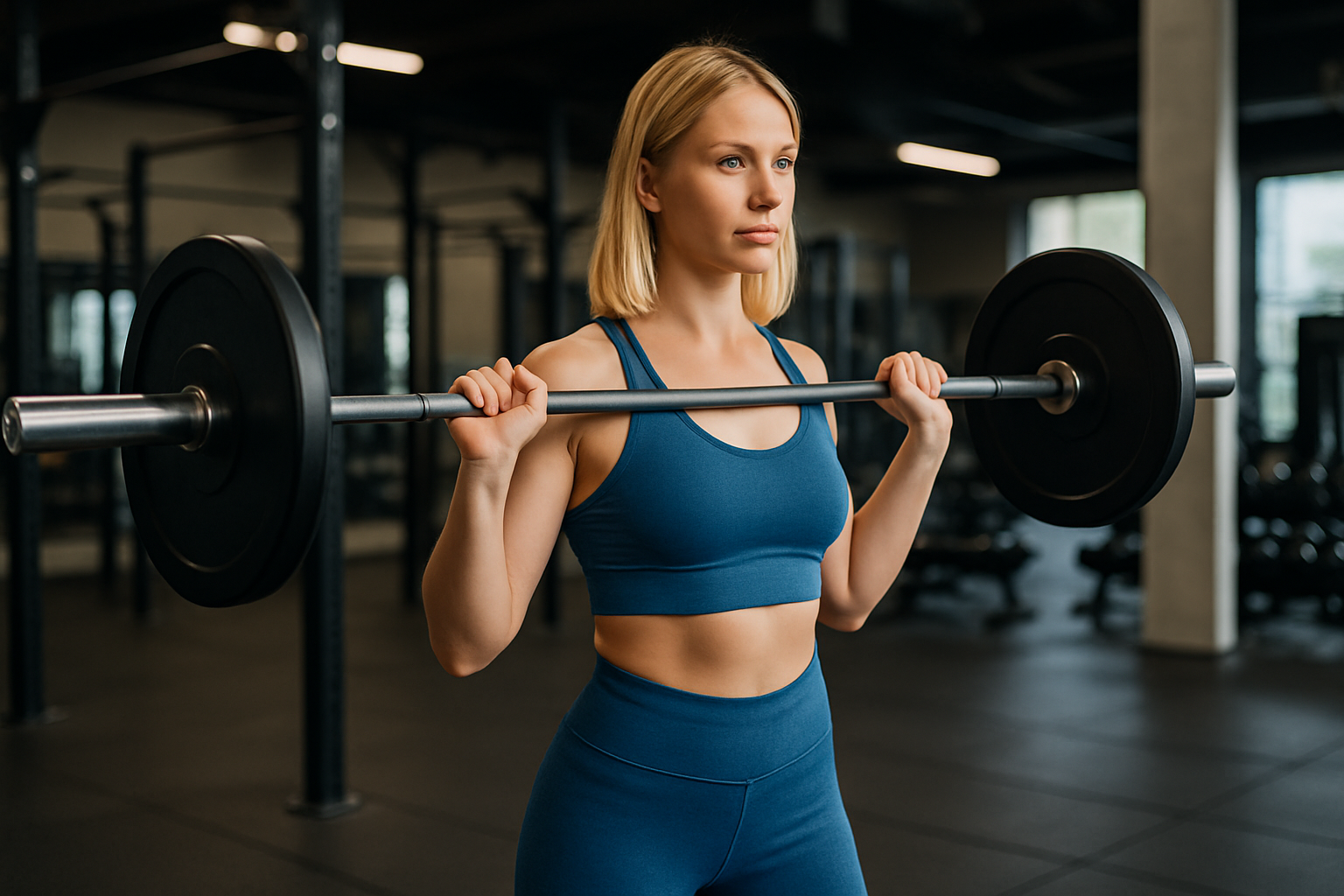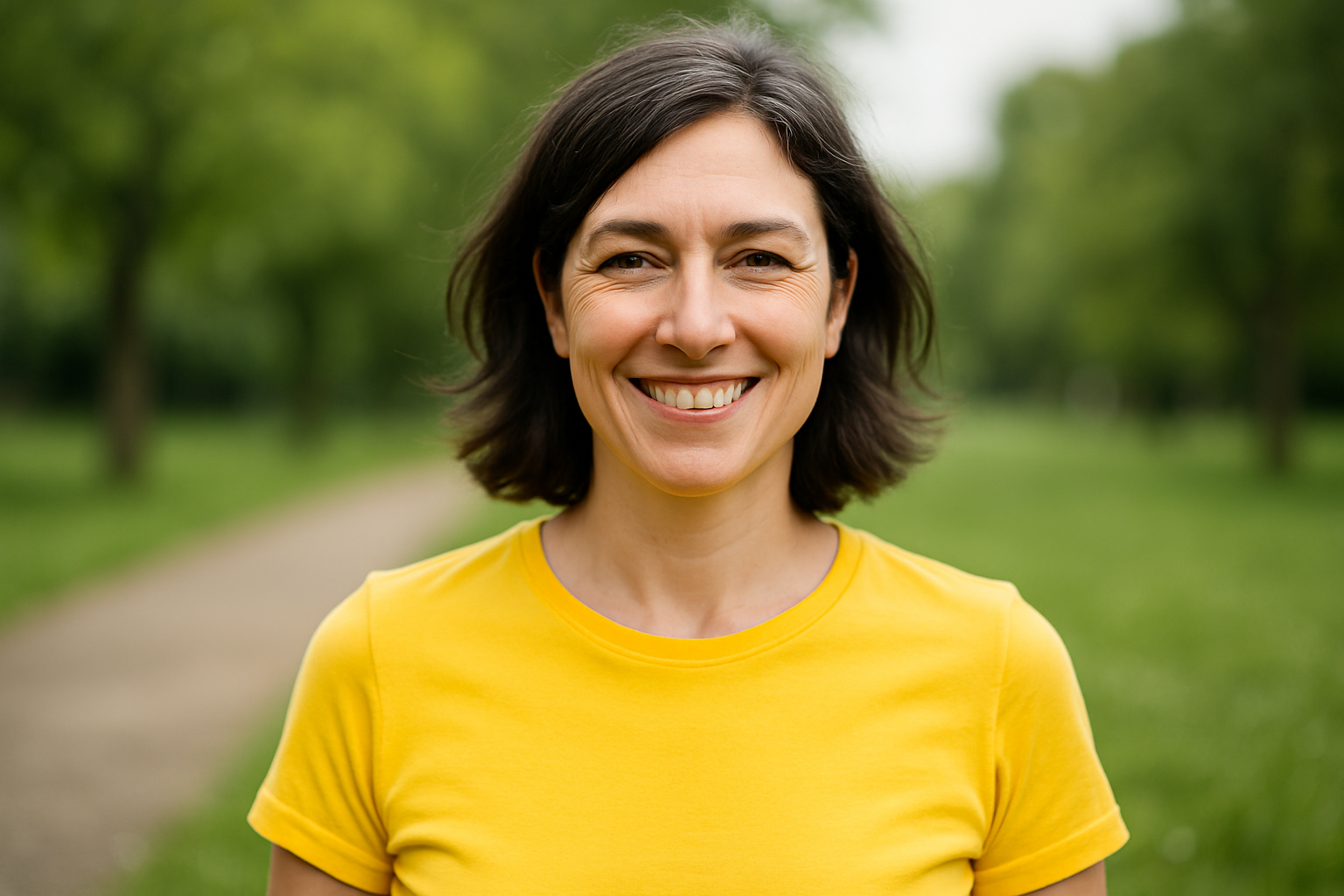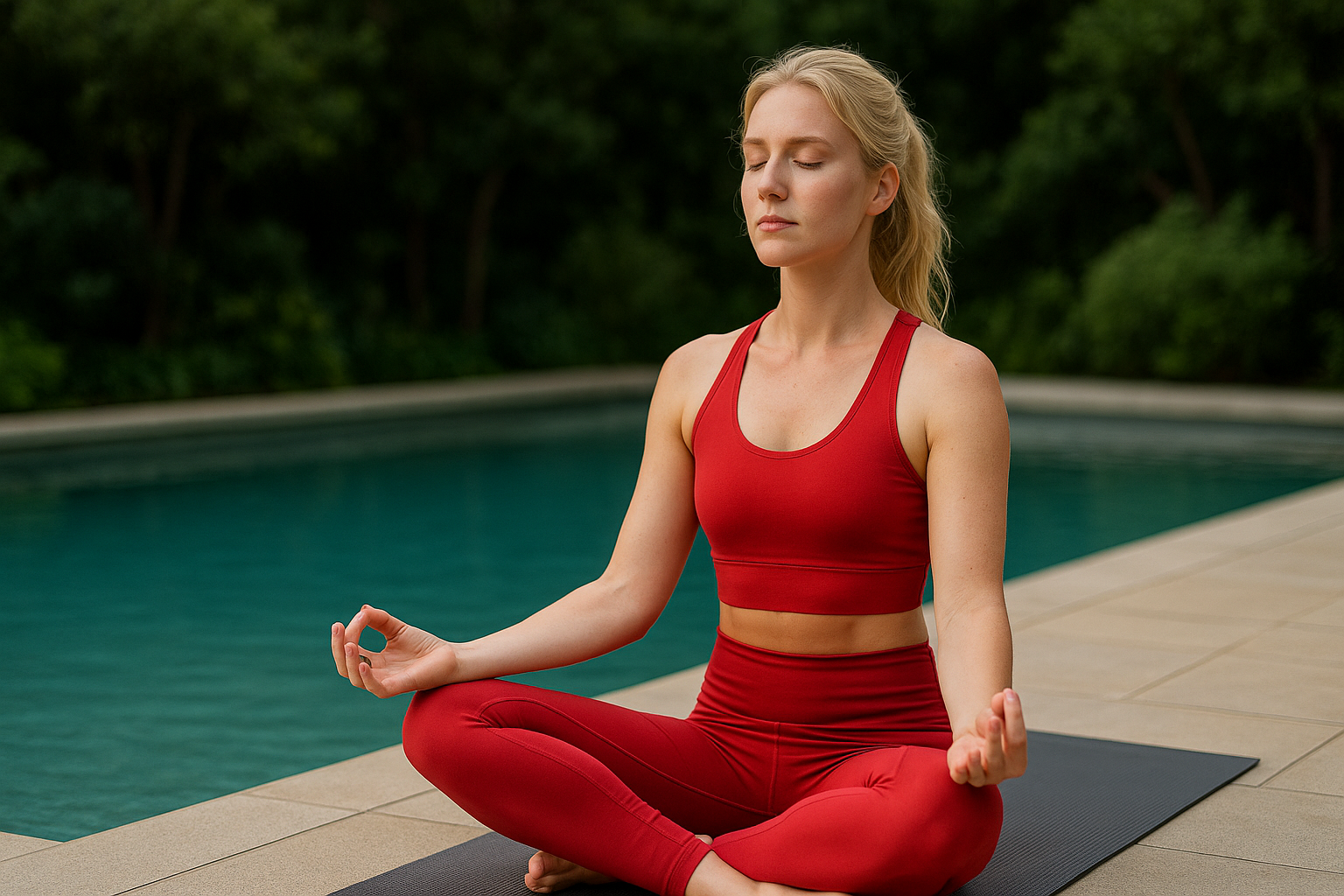When Stillness Speaks Louder Than Words
You probably can’t remember the last time you truly sat with yourself—no notifications, no background noise, no urgency. Just you and a breath of silence.
In those rare moments, something subtle stirs. Your shoulders drop. Your breath deepens. A little bit of calm replaces the usual rush. That’s where yoga begins—not as a fitness routine, but as a moment of return to yourself.
So, is yoga for you? If you’re even asking, chances are it’s already speaking to something within you.
What Yoga Really Is (Hint: It’s More Than a Stretch)
A Practice With Deep Roots
Yoga is far more than what you see online. Yes, there are poses and impressive stretches, but its true roots go back over 5,000 years to ancient India. The word yoga means “union”—the alignment of your body, mind, and inner world.
You’ll find many paths within the tradition:
- Hatha Yoga: the physical postures you’re most familiar with.
- Bhakti Yoga: devotion through love and prayer.
- Karma Yoga: purposeful action without attachment to results.
- Raja Yoga: the path of meditation and mental discipline.
For most people today, yoga begins as a physical practice and gradually becomes something deeper, more personal.
It’s Not Just Physical
Yoga is a layered practice that includes:
- Asanas – physical postures that build strength and flexibility.
- Pranayama – controlled breathing that calms the nervous system.
- Meditation – mental stillness that sharpens awareness.
- Yamas and Niyamas – ethical principles for balanced living.
While it absolutely helps you move better and feel stronger, yoga’s real power lies in how it changes your relationship with yourself.
Who Can Practice Yoga?
Yoga Is for Everyone, Not Just a Few
There’s a common belief that yoga is only for the flexible, the young, or those already fit. The truth is, yoga is for every body—regardless of shape, age, or ability.
You can start whether you’re:
- Young and looking for focus.
- Middle-aged and dealing with stress or injury.
- Older and wanting to maintain mobility.
There’s no gatekeeping in yoga. You bring your body as it is—and that’s enough.
Common Misconceptions About Yoga
Let’s clarify a few things you might have assumed:
- You don’t need to be flexible to start.
- You don’t need to be thin or athletic.
- Yoga is not a religion. While it has spiritual roots, your practice can be entirely secular.
- You don’t have to chant, burn incense, or adopt beliefs. You can make the practice your own.
How Yoga Transforms Your Body and Mind
Physical Benefits You’ll Notice
With consistent practice, you may begin to experience:
- Better posture and alignment
- Increased flexibility and joint mobility
- Reduced chronic pain and muscle tension
- Improved balance and coordination
Scientific research, including studies from Harvard and the Journal of Clinical Psychology, supports the role of yoga in improving strength, respiratory function, and cardiovascular health.
Mental and Emotional Shifts
Yoga doesn’t just change your body—it rewires how you think and feel. Benefits include:
- Lower stress and anxiety
- Improved emotional regulation
- Enhanced clarity and decision-making
- More restful, deeper sleep
Yoga invites you into stillness—something your nervous system deeply needs but rarely gets.
Where to Begin: A Simple Path Into Yoga
Choosing the Right Style of Yoga
Depending on your goals, there are several forms of yoga to explore:
- Hatha Yoga – foundational and slower-paced, ideal for beginners
- Vinyasa Flow – faster sequences synchronized with breath
- Yin Yoga – long, deep stretches held for minutes at a time
- Restorative Yoga – deeply relaxing and supported by props
- Power Yoga – athletic, high-energy sessions for strength building
Try different styles until one feels like home. Your body will tell you what it needs.
Beginner Yoga Checklist
Before starting, make sure you have:
- A good quality, non-slip yoga mat
- Breathable, stretchy clothing
- A quiet space at home or a local studio
- Access to beginner-friendly instruction (YouTube, apps, or classes)
Props like blocks, straps, and cushions can enhance comfort, but they’re optional when starting out.
Nourish Your Body: Simple Pre-Yoga Smoothie Recipe
To move well, your body needs fuel. A small pre-yoga snack helps you avoid sluggishness during your session. This smoothie is light, nutritious, and easy to digest.
Banana-Spinach Energy Smoothie
| Ingredient | Quantity |
|---|---|
| Ripe Banana | 1 medium |
| Baby Spinach | 1 cup |
| Unsweetened Almond Milk | 1 cup |
| Chia Seeds | 1 tablespoon |
| Natural Peanut Butter | 1 teaspoon |
| Ice Cubes | Optional |
Directions:
- Add all ingredients to a blender.
- Blend until smooth.
- Drink 30–60 minutes before practicing.
This recipe provides a clean energy boost without making you feel heavy or full.
How to Know If Yoga Is Right for You
Ask yourself the following questions:
- Do you feel overwhelmed or scattered lately?
- Is your body calling for movement or relief?
- Are you seeking more presence or balance in your daily life?
- Do you need a routine that’s gentle but effective?
If you answered yes to even one, yoga is likely worth exploring.
Checklist: Signs Yoga Could Help You
- You often feel tense or restless
- You experience chronic pain or stiffness
- You’re looking for a sustainable wellness routine
- You want better sleep, digestion, and energy
- You crave mental clarity and emotional calm
Yoga isn’t about becoming someone else. It’s about coming back to yourself.
What If You Struggle With Yoga at First?
It’s okay not to get everything right. Yoga is a practice, not a performance.
How to Overcome Common Challenges
Difficulty with Flexibility
Bend your knees. Use props. Modify poses. You’re not failing—you’re adapting.
Mental Distractions
It’s normal for your mind to wander. Keep coming back to your breath. That’s the real work.
Feeling Behind Others
Focus on your own mat. Everyone started somewhere. There’s no rush.
Inconsistency
Try short, daily sessions. Even five minutes each day builds momentum over time.
The beauty of yoga is that every breath offers a fresh beginning.
Conclusion: Begin Where You Are
You don’t need a new outfit, a gym membership, or a quiet mind to begin. You just need a moment—and a mat.
Yoga meets you where you are and grows with you. Whether you’re aching for physical healing, emotional balance, or a little more stillness in a chaotic world, yoga opens a door. You get to decide how far to walk through it.
There’s nothing to lose. Just unroll the mat and start with one breath. You’ll never regret choosing yourself.
Frequently Asked Questions About Yoga
Is yoga for everyone, even if I’ve never exercised?
Yes. Yoga is adaptable and can be modified to suit all fitness levels. It’s a safe and supportive place to begin moving your body.
Can yoga help me lose weight?
Yes. While yoga alone may not lead to drastic weight loss, it supports healthier habits, improves metabolism, and encourages mindful eating. More active forms like Vinyasa or Power Yoga burn calories and tone muscles.
How often should I do yoga as a beginner?
Aim for 2 to 3 times a week. Even short, consistent practices bring benefits. As you build strength and interest, you can increase frequency.
Do I need expensive gear or clothes?
No. All you need is a yoga mat and comfortable clothes. Props can help but aren’t necessary.
Is yoga religious or spiritual?
Yoga has spiritual roots, but it is not a religion. Many people practice it purely for physical and mental wellness, while others integrate it with personal beliefs.

